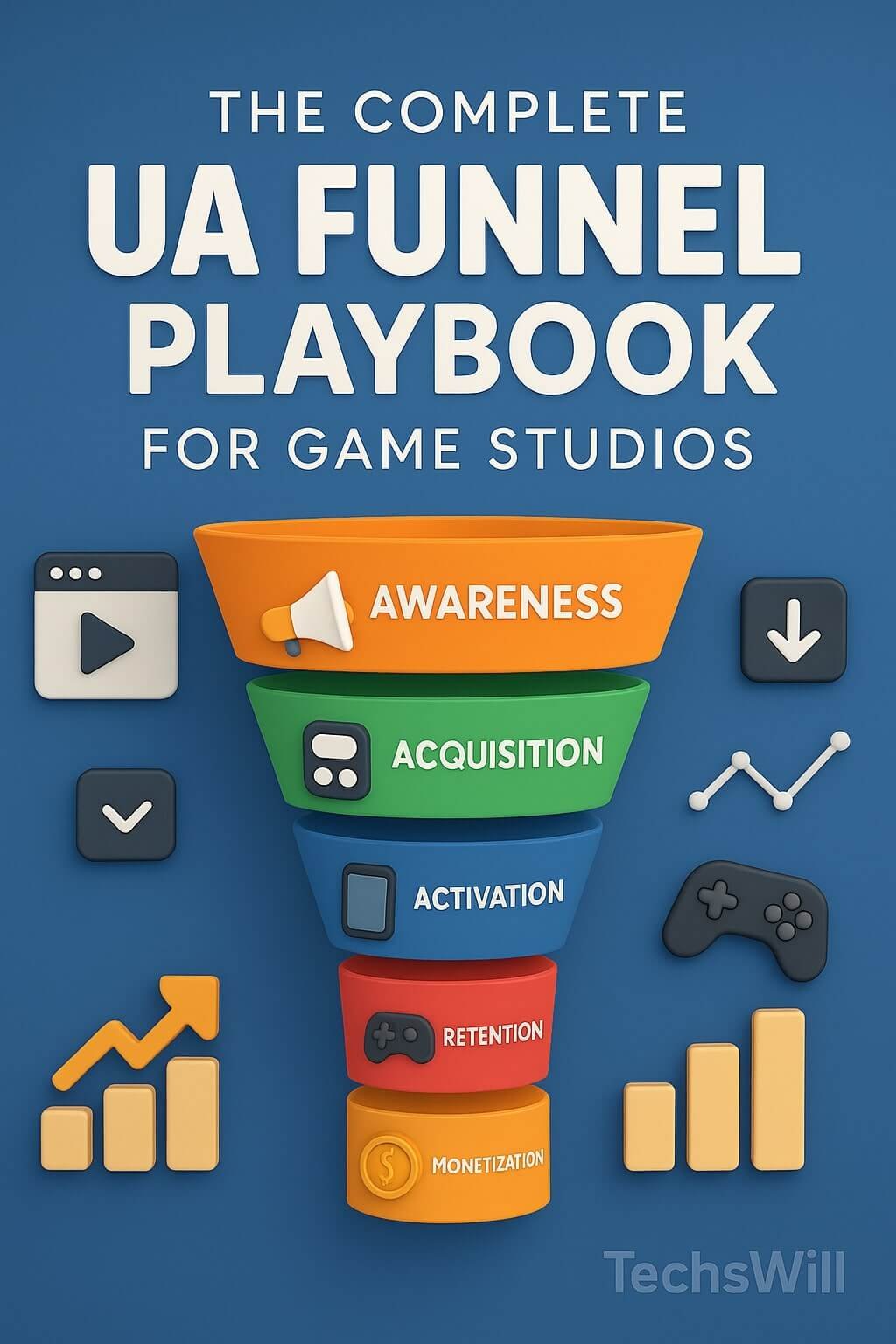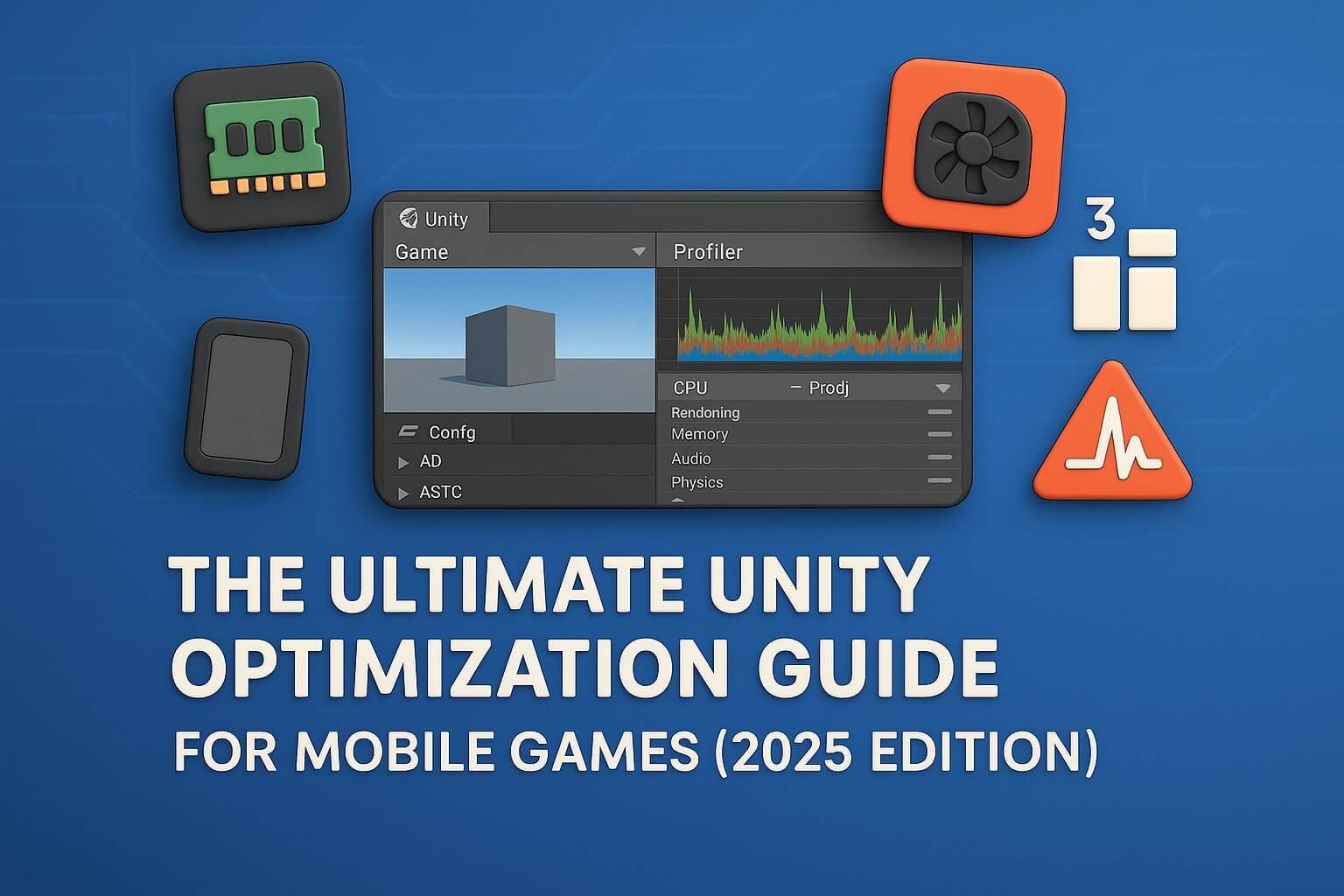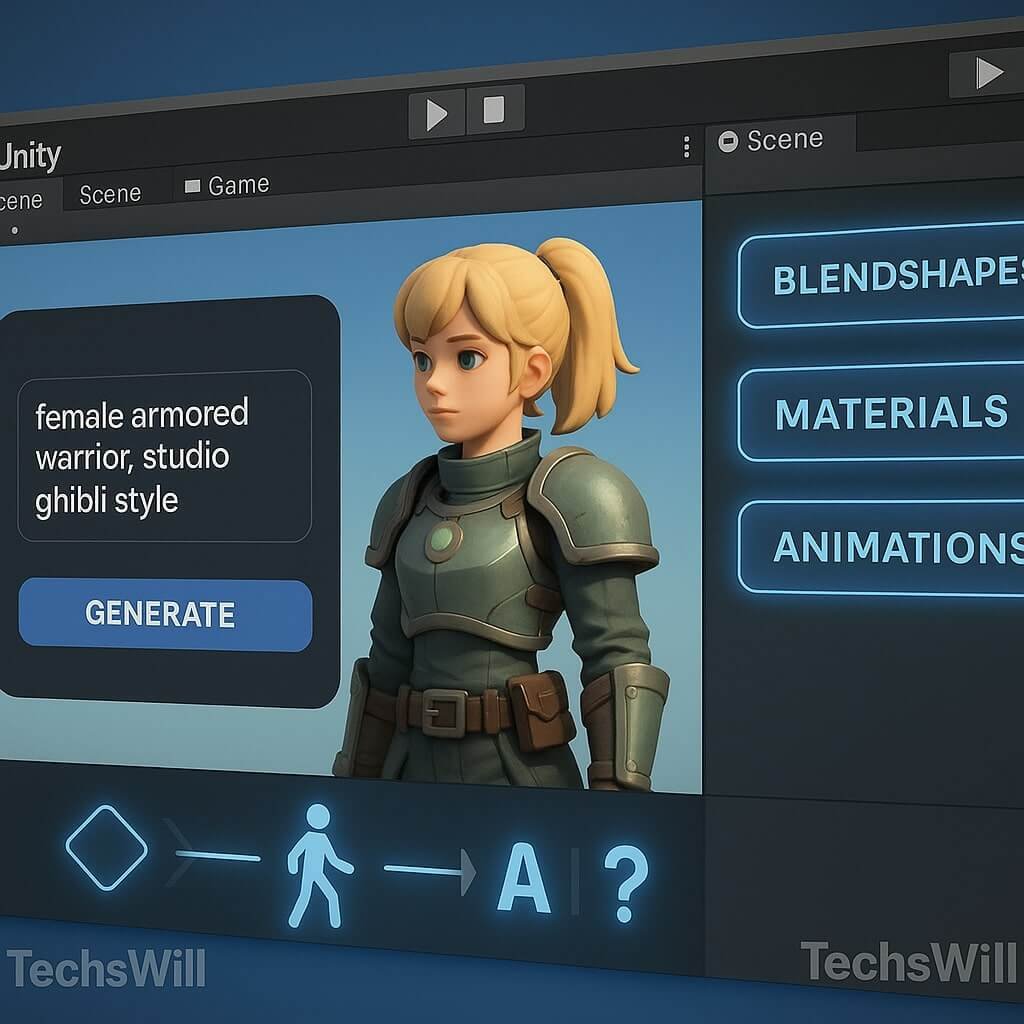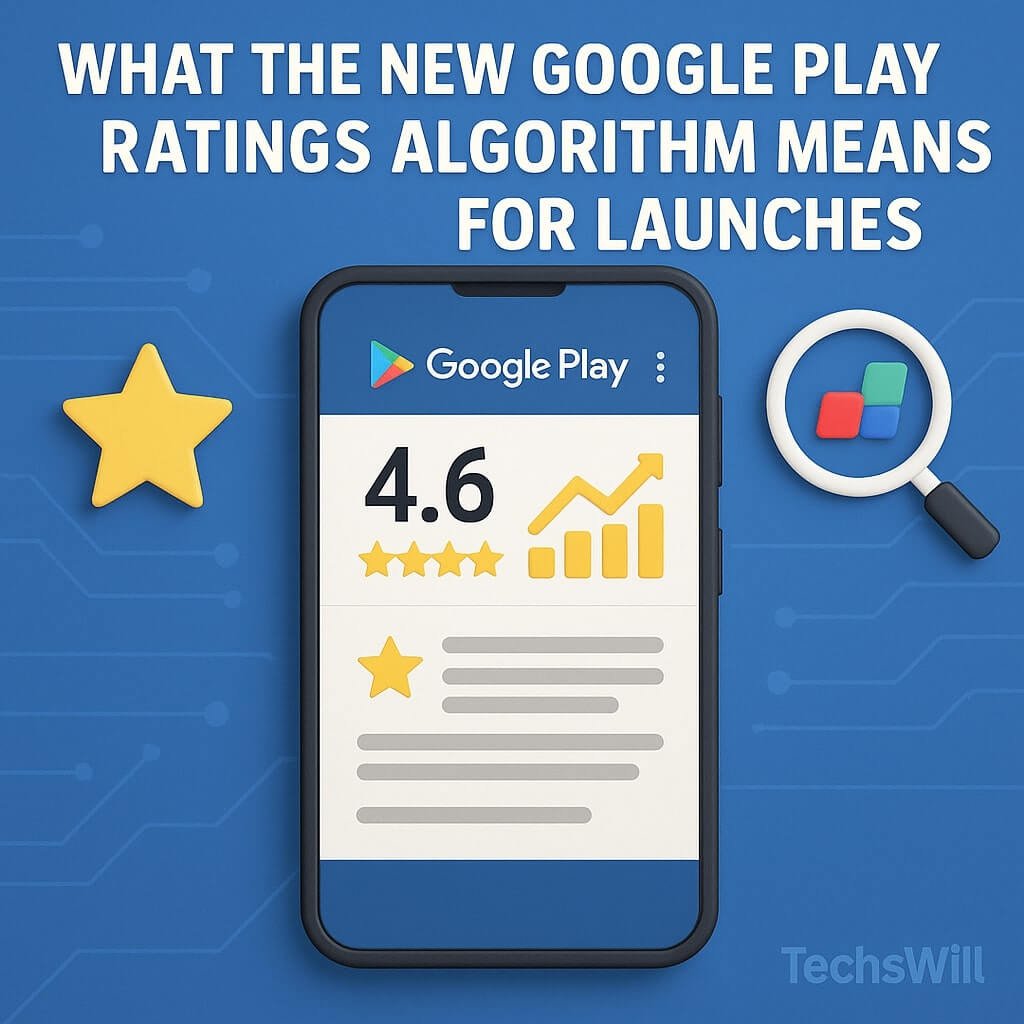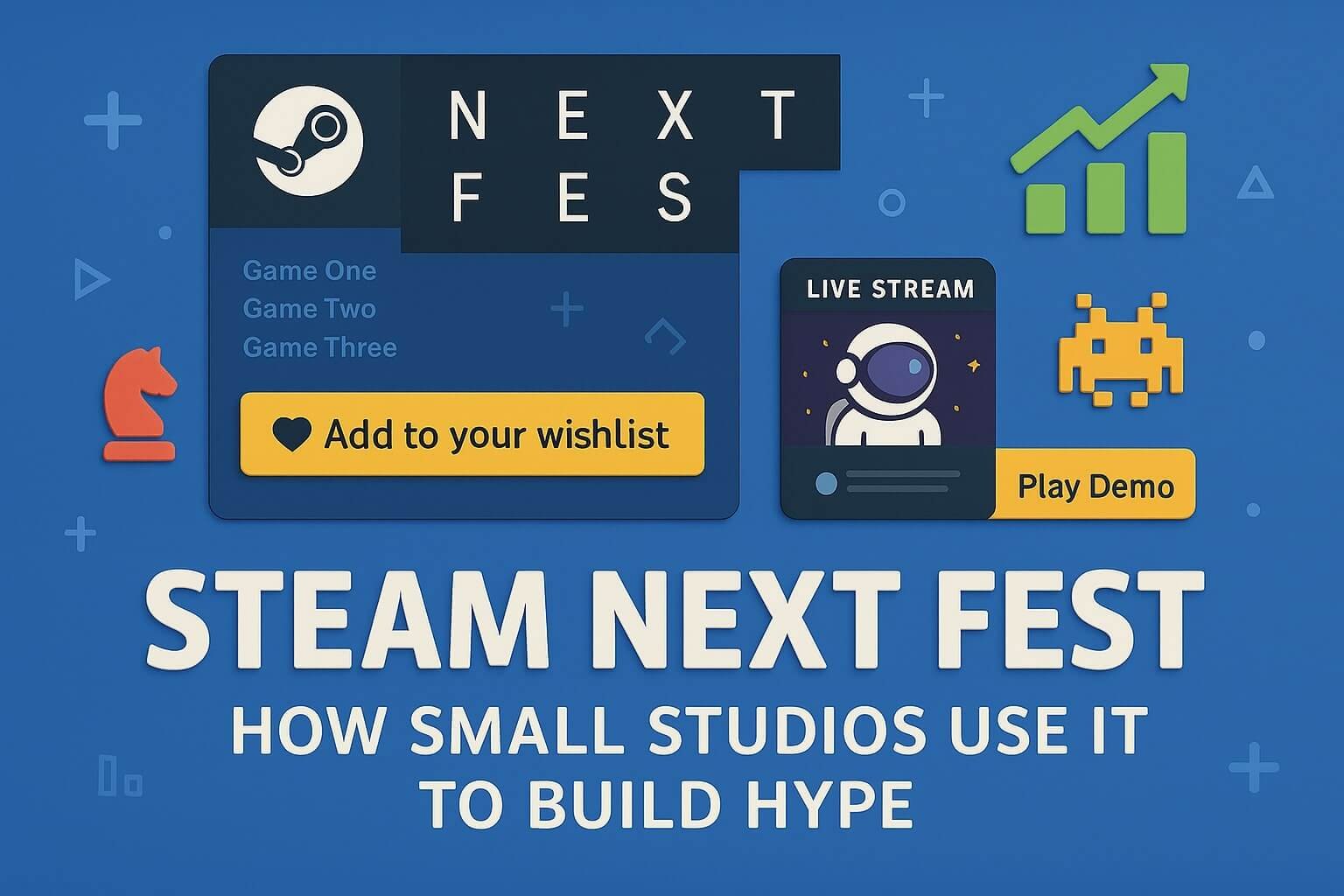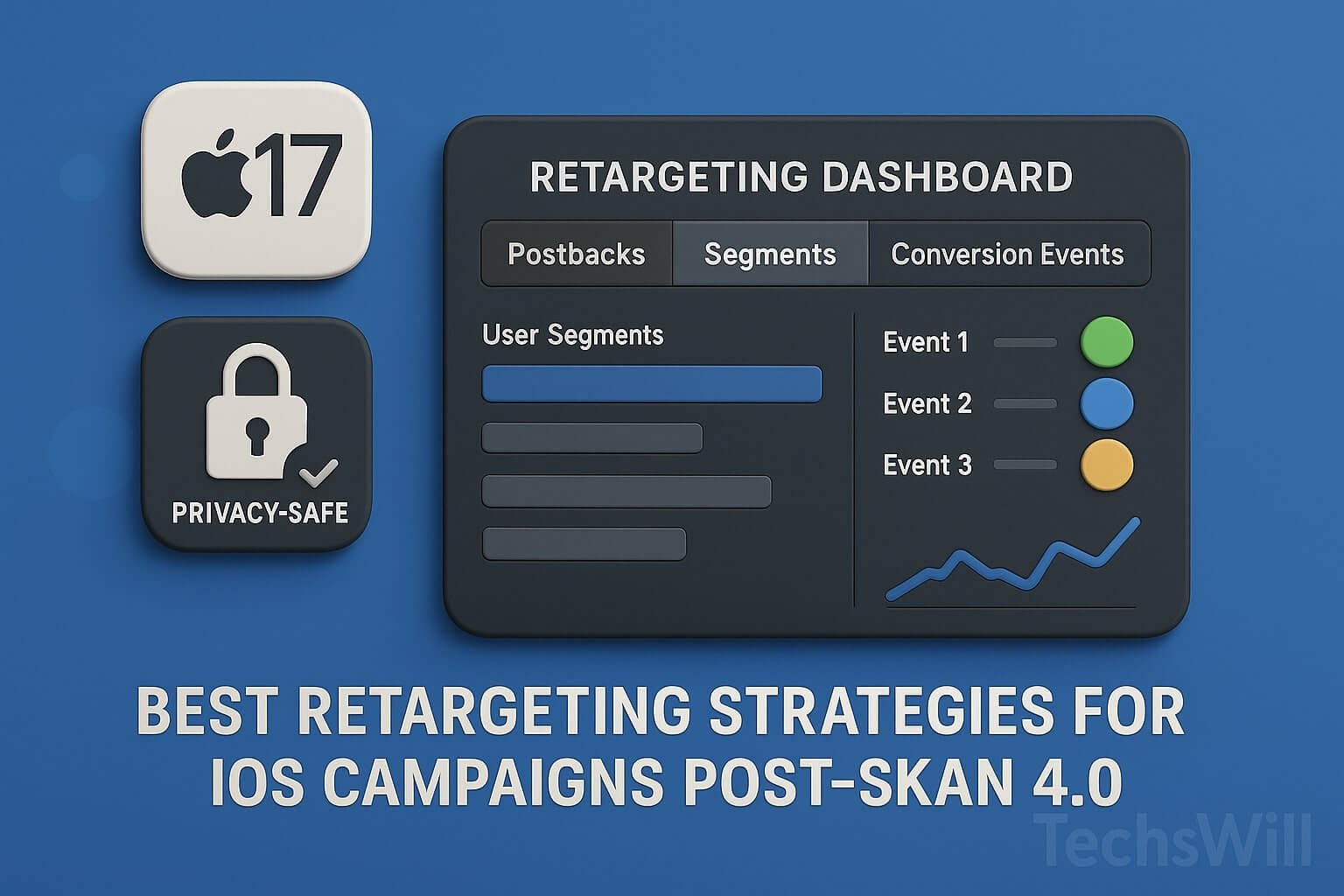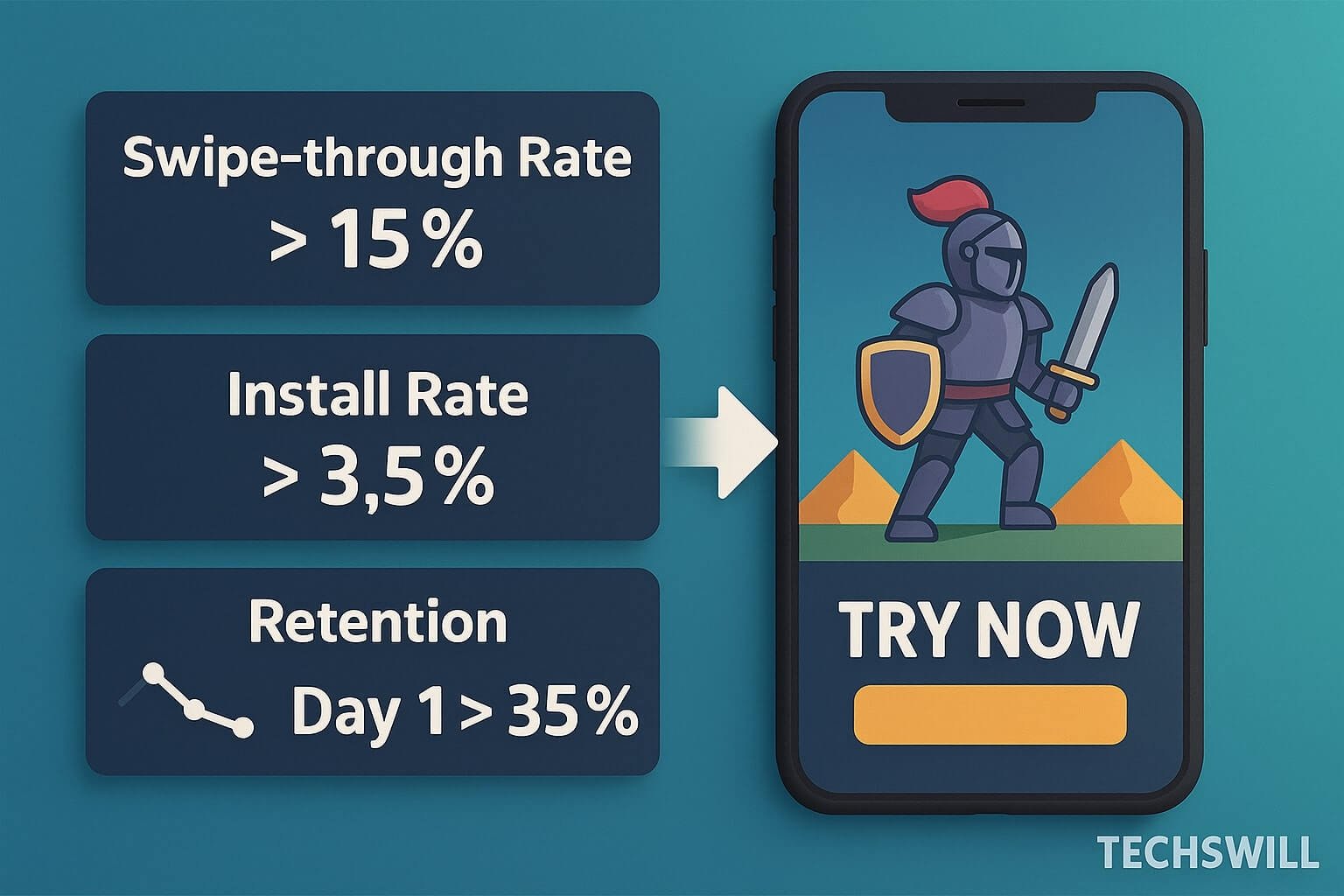In 2025, user acquisition (UA) is no longer just about buying installs. The most successful game studios run full-funnel marketing strategies that nurture players from impression to long-term revenue — all while staying compliant with evolving privacy rules and platform restrictions.
This guide breaks down the full UA funnel for mobile and cross-platform games, covering every step from awareness to monetization, including tools, creative formats, performance KPIs, and campaign types used by top publishers today.
🔍 Funnel Overview: From First Impression to Lifetime Value
The modern game UA funnel follows this structure:
- Awareness: The user sees or hears about your game
- Acquisition: The user clicks and installs the app
- Activation: The user completes onboarding or plays the first session
- Retention: The user returns, ideally multiple times in week 1
- Monetization: The user makes a purchase or engages with rewarded ads
In 2025, this entire journey must be measurable, privacy-safe, and A/B tested at each step.
📣 Top-of-Funnel (Awareness)
Goal:
Create broad interest among genre-targeted audiences.
Channels:
- TikTok influencer campaigns
- Meta interest-based ads
- YouTube Shorts + TrueView discovery
- Reddit & Discord community seeding
Creative Formats:
- Swipe ads with challenge hooks
- UGC-style gameplay testimonials
- “Fake ads” with stylized puzzle or survival gameplay
📈 Measure: CTR, view-through rate, cost per 1,000 impressions (CPM), recall survey data
📥 Mid-Funnel (Acquisition & Activation)
Goal:
Convert views to installs, and installs to active players.
Tools:
- SKAN 4.0 + Adjust/Singular for iOS
- Google App Campaigns for Android
- Creative testing tools: Playable Factory, Vibe.co
Best Practices:
- Use 3–5 variants per creative test cycle
- Localize your Play Store/App Store listings by region
- Onboard users fast — first 30 seconds matter
📈 Measure: Cost per install (CPI), Day 1 activation rate, onboarding completion %
🔁 Down-Funnel (Retention & Monetization)
Goal:
Keep users playing and generate value from engaged players.
Retention Tactics:
- Push + in-app sync (weekly missions, comeback events)
- Level-based reward pacing and LiveOps calendar
- Segmented notifications (“Hey, you were close to leveling up!”)
Monetization Tactics:
- Offerwall and rewarded video (AdMob, ironSource)
- Time-limited IAP bundles (with social proof banners)
- Season pass with mission-based value loop
📈 Measure: Day 7 & 30 retention, ad engagement rate, ARPDAU, IAP conversion rate
📊 Sample Campaign Stack
Here’s what a lean LiveOps-driven UA strategy looks like in 2025:
| Stage | Channel | Creative Type |
|---|---|---|
| Awareness | Meta / TikTok | Swipe UGC videos |
| Acquisition | Google UAC / ironSource | Playable + reward CTA |
| Activation | Store page A/B | Custom screenshots per audience |
| Retention | Push / Discord | Live event hype images |
| Monetization | In-game shop | Limited bundles / timers |
📚 Tools That Power Full-Funnel UA
- Data: Firebase, Adjust, Singular, GameAnalytics
- Creative: Canva, After Effects, LottieFiles, Vibe
- Automation: Braze, Airbridge, CleverTap
- CRM: Discord, SendGrid, Pushwoosh
📬 Final Word
In 2025, user acquisition is about the full player journey. Studios that rely only on install buys and CPM won’t survive rising ad costs and privacy constraints.
Instead, treat your UA like a product. Test every funnel stage. Track real player intent. And remember — a good ad gets the click, but a great funnel earns a fan.

